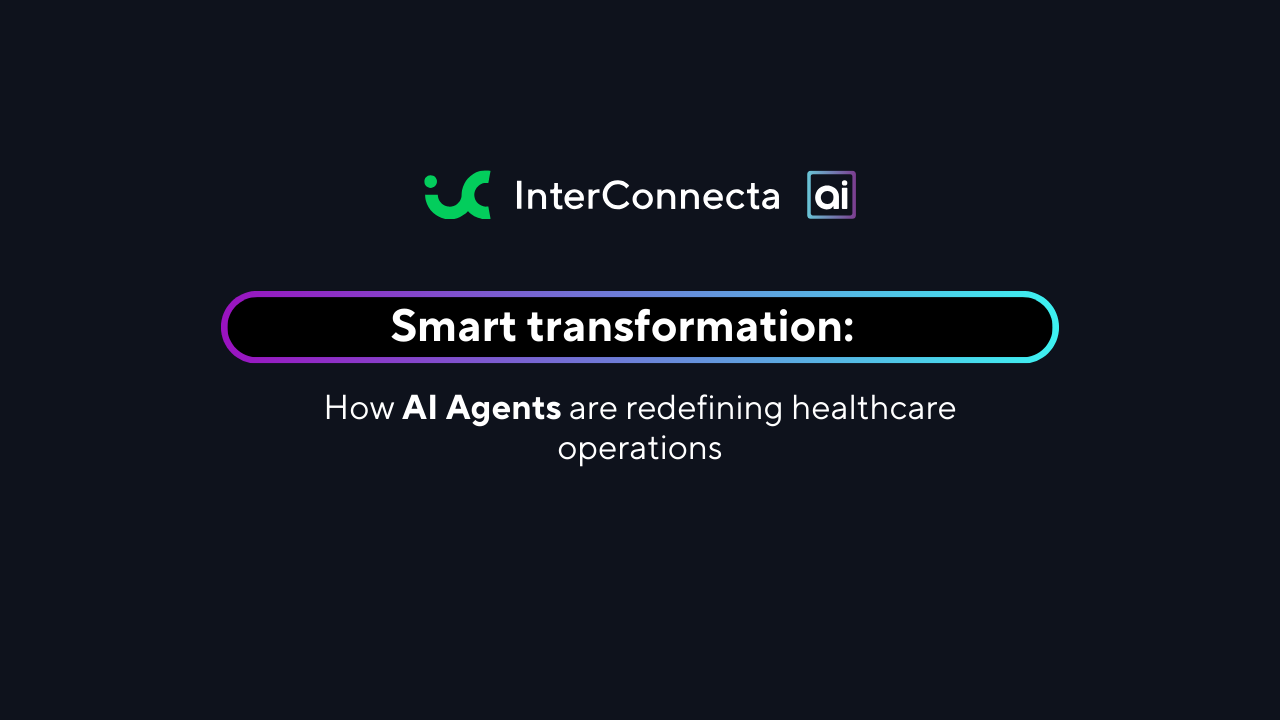
Autonomous finance: How to reduce risk, optimize cash flow, and close faster
Share:
In times of economic volatility, regulatory changes, and margin pressure that challenge even the strongest organizations, the role of the finance department has evolved. It’s no longer enough to simply record transactions and close the books at the end of the month. Today, finance is expected to act as a strategic business partner, capable of anticipating risks, projecting scenarios, and generating recommendations based on reliable data.
But reaching that level of influence is difficult when relying on traditional tools. Processes that depend on manual effort, scattered spreadsheets, and controls that activate too late not only slow down operations—they also increase exposure to critical errors and poorly informed decisions. In this context, inefficiency isn’t just an operational issue: it’s a real risk to agility, compliance, and the company’s profitability.
Modernizing finance is not a technological option—it’s a strategic decision to sustain growth and quickly adapt to the unexpected.
Less risk, more control
One of the most relevant benefits is the ability to anticipate problems before they impact the balance sheet. Modern tools allow real-time monitoring of every relevant financial indicator, detecting deviations or irregularities immediately. This way, corrections can be triggered before a small error becomes a major issue.
For example, detecting an unusual increase in a department’s expenses, a duplicate invoice, or a payment made off schedule no longer depends on human oversight. It becomes an automatic alert that enables fast and precise action.
Cash flow under control
Cash flow remains the heart of any company’s financial health. Yet many organizations still base their projections on spreadsheets or rigid methodologies that fail to capture real-world dynamics.
Cash flow automation enables the creation of predictive models that adjust in real time, integrating variables such as scheduled payments, projected income, historical behavior, seasonality, and external factors. The result is a more robust forecast, with reported accuracy of up to 92%, allowing for more confident decision-making: anticipating liquidity needs, postponing payments, or renegotiating terms before reaching critical situations.
Speed without sacrificing accuracy
Another tangible benefit is the drastic reduction in the time required to close the books. What once took 5 to 10 business days to consolidate information, validate records, and generate reports can now be executed in a fraction of that time—with automated controls and full traceability.
This frees the accounting team from repetitive tasks and allows them to focus on analysis, recommendations, and generating value for other areas of the organization.
Compliance without friction
Regulatory compliance no longer needs to be a source of stress. With tools that automatically document every transaction, generate reports aligned with accounting frameworks, and allow tax simulations across different scenarios, the risk of penalties, errors, or omissions is significantly reduced.
Instead of preparing for an audit, the finance team can simply extract the report.
An irreversible trend
According to PwC, more than two-thirds of CFOs have already integrated or plan to integrate artificial intelligence into their accounting operations within the next year. This confirms what many companies are already experiencing: the new standard in financial management will be automatic, predictive, and results-driven.
Source: PwC CFO Insights 2024
3 Prompts already making an impact
- “Project cash flow for the next quarter.”
Reduces uncertainty and anticipates financing or investment needs. - “Detect accounting anomalies in departmental expenses.”
Automated financial control with faster speed and less exposure to errors. - “Prepare a financial health report ready for execution.”
Optimizes accounting work and regulatory compliance with no extra effort.
More than efficiency: Strategic agility
Adopting financial automation technologies isn’t just about doing things faster. It’s about doing them better—with more accuracy and clearer information to support key decisions.
Transforming finance into an autonomous area doesn’t mean losing control. On the contrary, it means gaining visibility, reducing exposure to errors, and freeing up human talent for tasks that truly add value.
Close your books in record time. Schedule a data-driven financial consultation.
Our digital assistant can help you identify opportunities to optimize your accounting processes—without disruptions or costly migrations.
More to explore

ZIA Agents + IC Agents: The synergy that transforms operational and strategic intelligence
Share: Facebook Twitter LinkedIn Organizations operating within the Zoho ecosystem can leverage ZIA, an AI layer that drives productivity and optimizes processes inside each application.

Smart transformation: How AI Agents are redefining healthcare operations
Share: Facebook Twitter LinkedIn A healthcare organization took a major leap forward by implementing an ecosystem of artificial intelligence agents, seamlessly integrated with Zoho and

AI for B2B: From the first lead to customer expansion
Share: Facebook Twitter LinkedIn In B2B business, every opportunity matters. It’s not just about closing a deal, but about building sustainable relationships, identifying conversion patterns,

Construction 5.0: How AI Agents will optimize your projects, costs, and timelines
Share: Facebook Twitter LinkedIn In the fast-paced world of construction, unexpected issues aren’t a possibility—they’re a certainty. Budgets go off track, schedules shift on the

The new smart education: How AI Agents drive personalized learning
Share: Facebook Twitter LinkedIn Talent management has become a strategic pillar for any organization aiming for sustainable growth. Yet many still face major challenges when

AI in Healthcare: from administrative optimization to better patient care
Share: Facebook Twitter LinkedIn The healthcare industry faces constant pressure to improve clinical outcomes, reduce costs, and deliver a more satisfying patient experience. However, operational